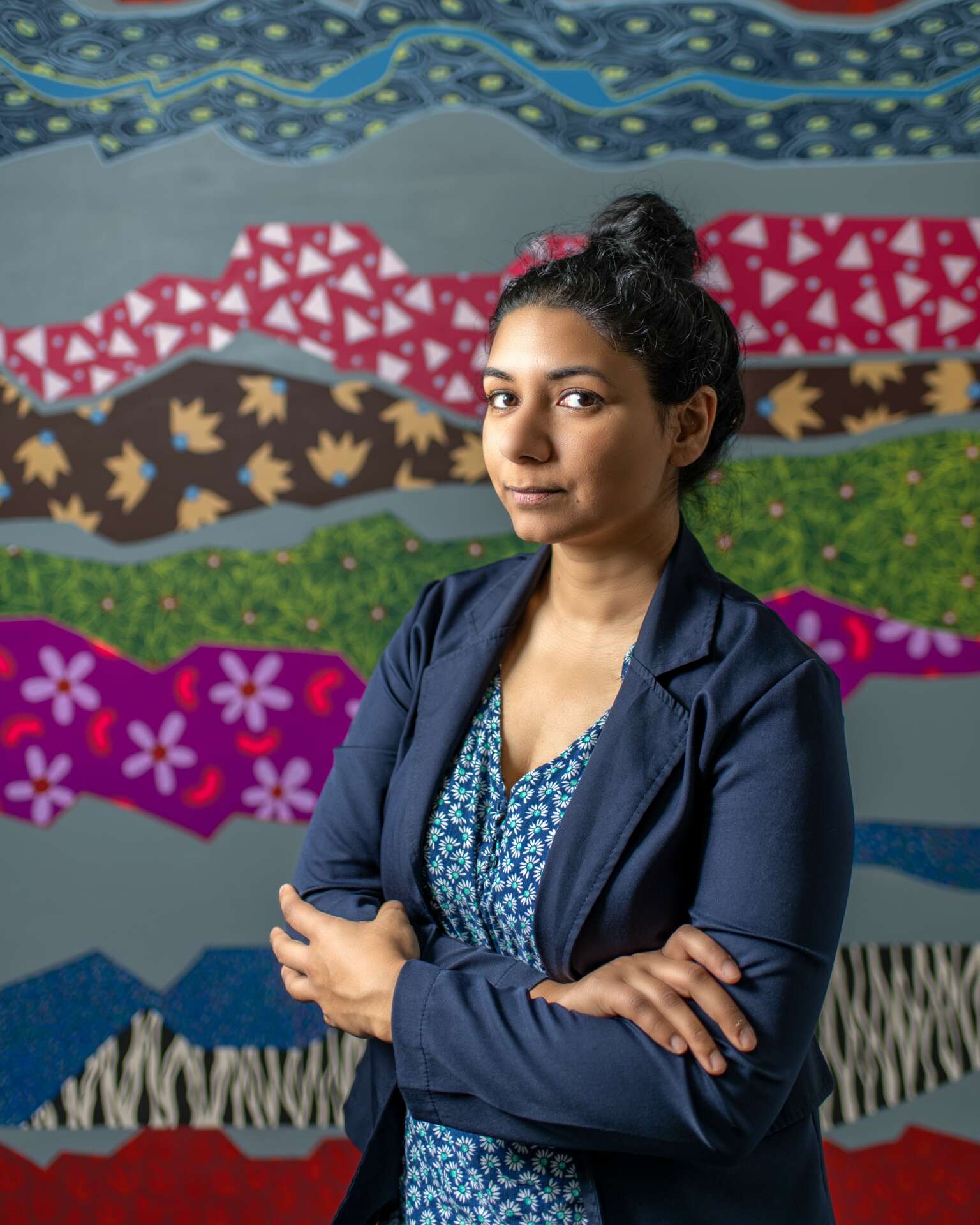We’re excited to introduce you to the always interesting and insightful Ruhee Maknojia. We hope you’ll enjoy our conversation with Ruhee below.
Ruhee, looking forward to hearing all of your stories today. We’d love to hear about when you first realized that you wanted to pursue a creative path professionally.
I first knew I wanted to be an artist when I was an undergraduate student. A professor who I deeply respected asked me what I wanted to do when I graduated. At the time I wasn’t sure, but was considering further study in francophone literature. In response my professor said I should be an artist instead. That statement really stuck with me and over the years I found myself gravitating towards the arts more and more.
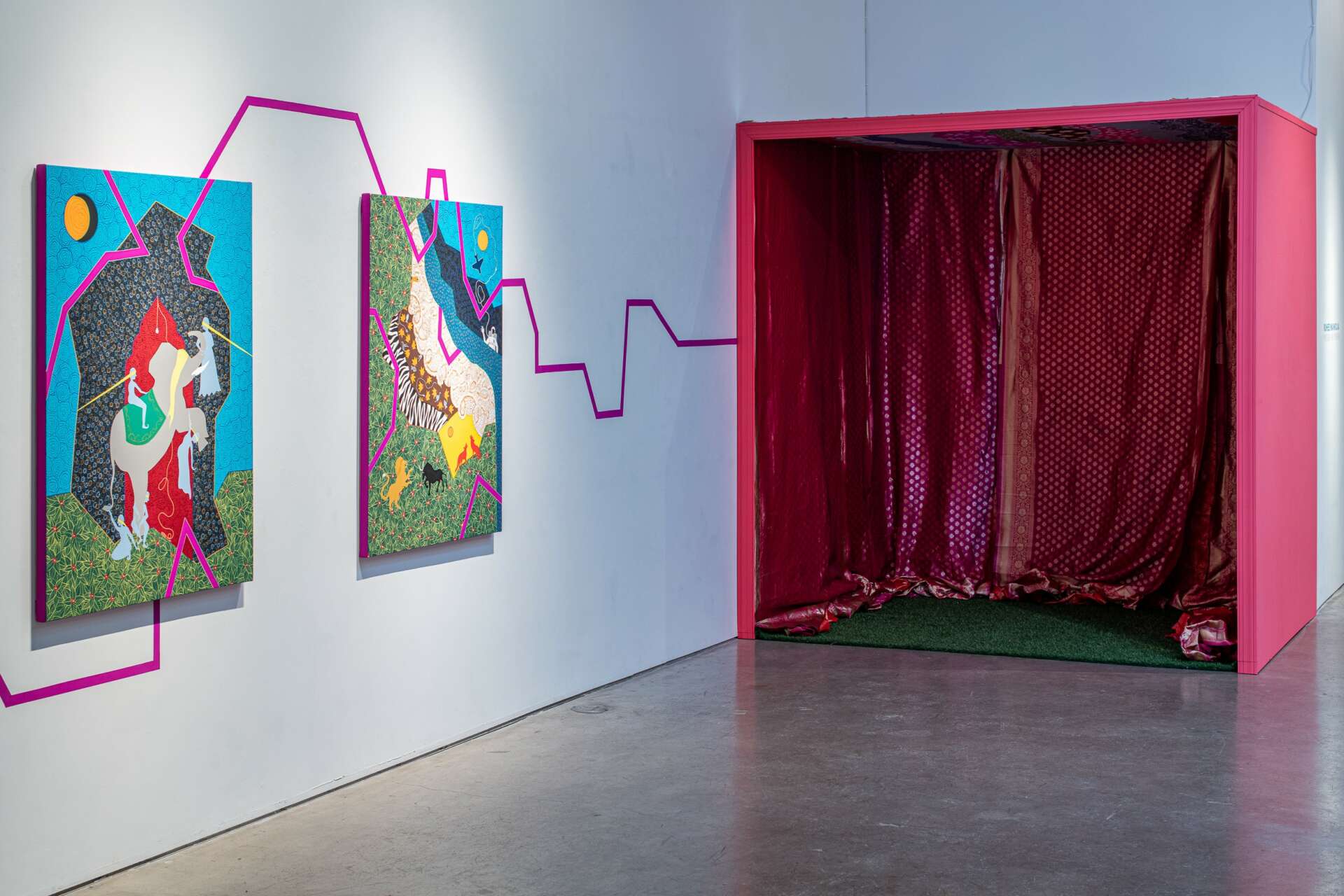

Awesome – so before we get into the rest of our questions, can you briefly introduce yourself to our readers.
I’m an American visual artist based out of Houston, Texas. My artistic practice is diverse, encompassing painting, installation, and animation. I believe in the power of art to shape and contribute to our culture, and that’s precisely what motivates me. I see my work as a means of having a voice in the production of culture and as a way to respond to the complexities of contemporary life.
Any resources you can share with us that might be helpful to other creatives?
A resource I would recommend for other creatives is reading the book “The Artist’s Guide” by Jackie Battenfield. Additionally, I recommend taking classes on communication and writing. I wish I had known earlier in my career how to effectively communicate my artistic vision through speaking and writing.
I’ve come to realize that being a contemporary artist involves much more than just creating art; it’s about knowing how to talk about art, reading, and actively engaging with the local community. These aspects are often overlooked in art education, where the focus tends to be solely on the creation process and doesn’t always take into account that art requires community support and financial management.
The journey has been shaped by trial and error, with a significant portion dedicated to understanding what constitutes a powerful artist portfolio and deciphering the intricate process of getting art recognized in galleries and museums. It’s not just about the artwork itself but also about understanding the context in which it exists and being able to articulate that context effectively.
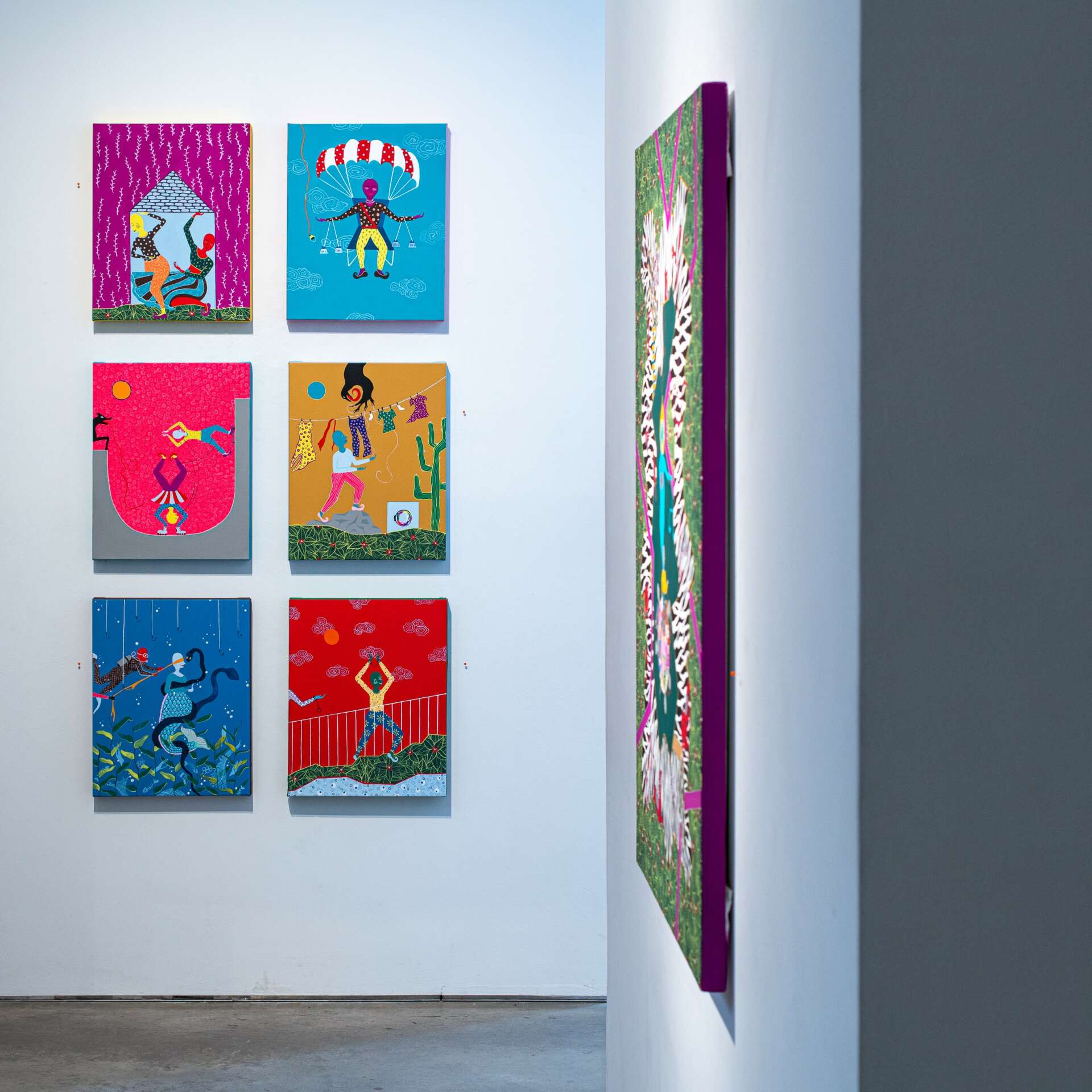
We’d love to hear a story of resilience from your journey.
The art world, while full of opportunities, is also intensely competitive, thanks in part to the accessibility provided by the internet, which allows artists to reach a global audience but also exposes them to fierce competition.
The key to my resilience lies in how I’ve chosen to respond to the many rejections that come with being an artist. Instead of allowing failure to dishearten me, I view rejection as valuable stepping stones on my journey. Every no serves as motivation to improve my work and strengthen my applications for the following year. It’s a continuous process of self-improvement and refinement, which has helped me evolve as an artist and remain undeterred by setbacks.
I hold a distinct vision of the world that I’m eager to express through my art. The prospect of sharing my creations with a broader audience infuses the application process with excitement and exhilaration, making it a thrilling journey.
Contact Info:
- Website: www.ruheemaknojia.com
- Instagram: https://www.instagram.com/ruheemaknojia/?hl=en

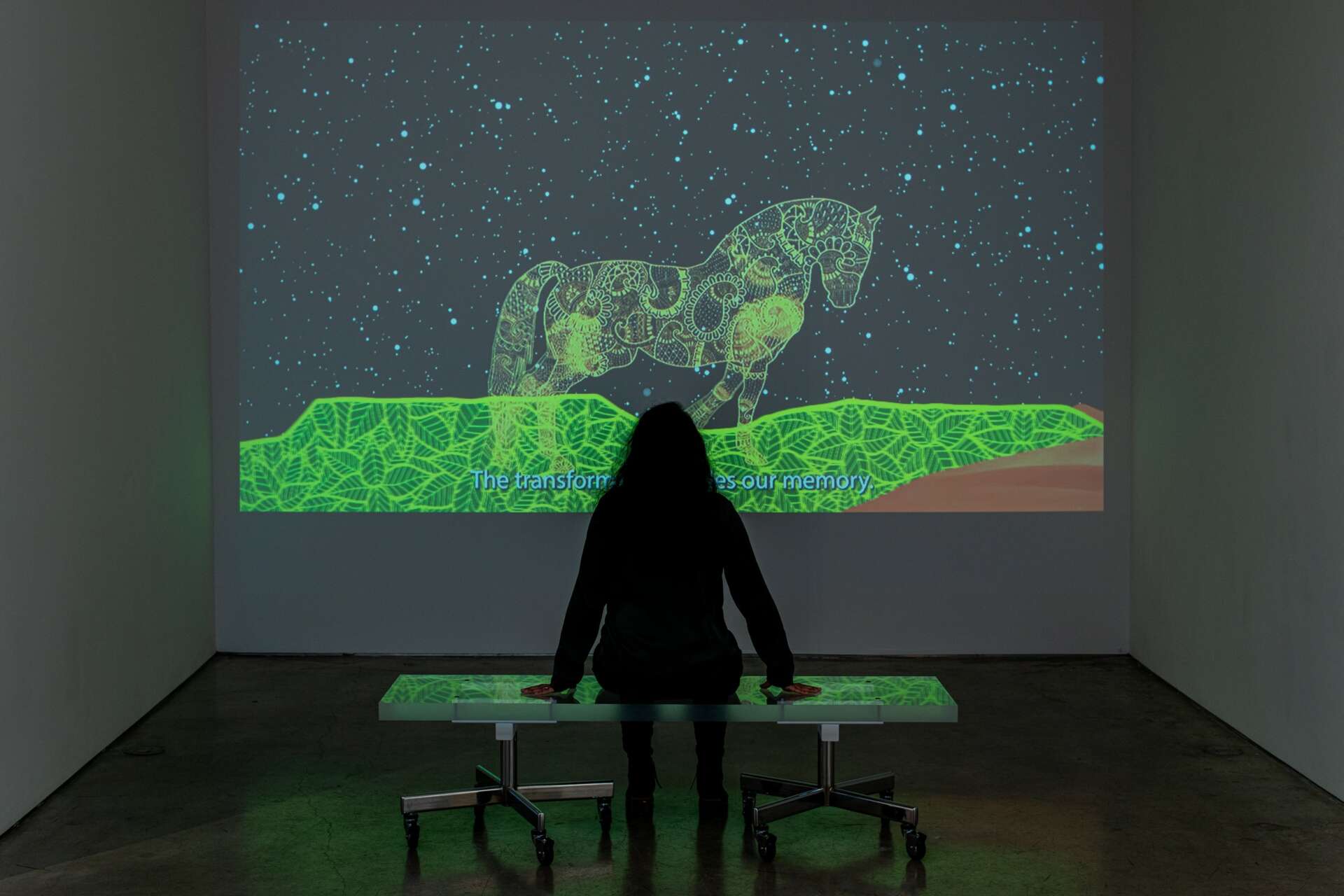
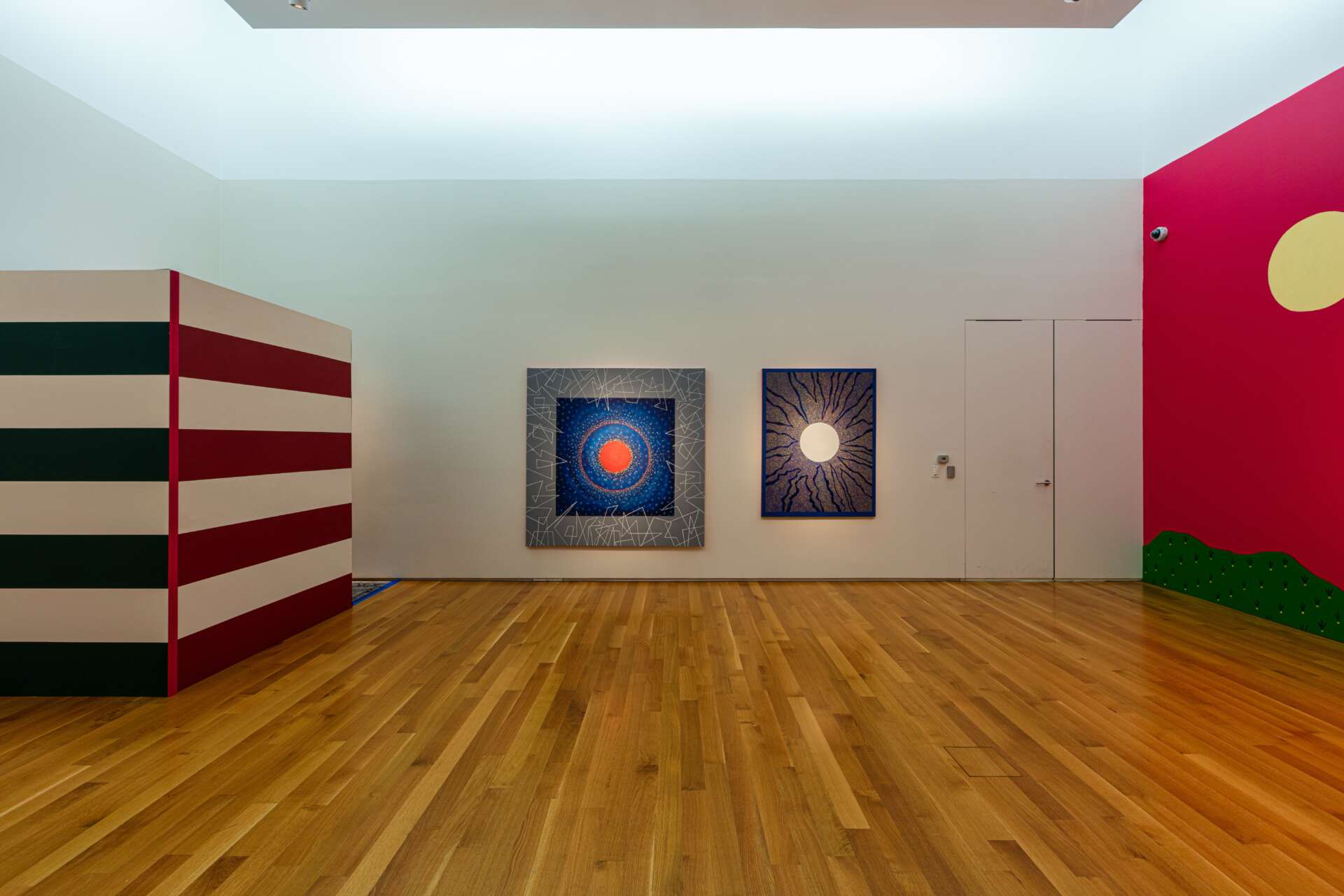

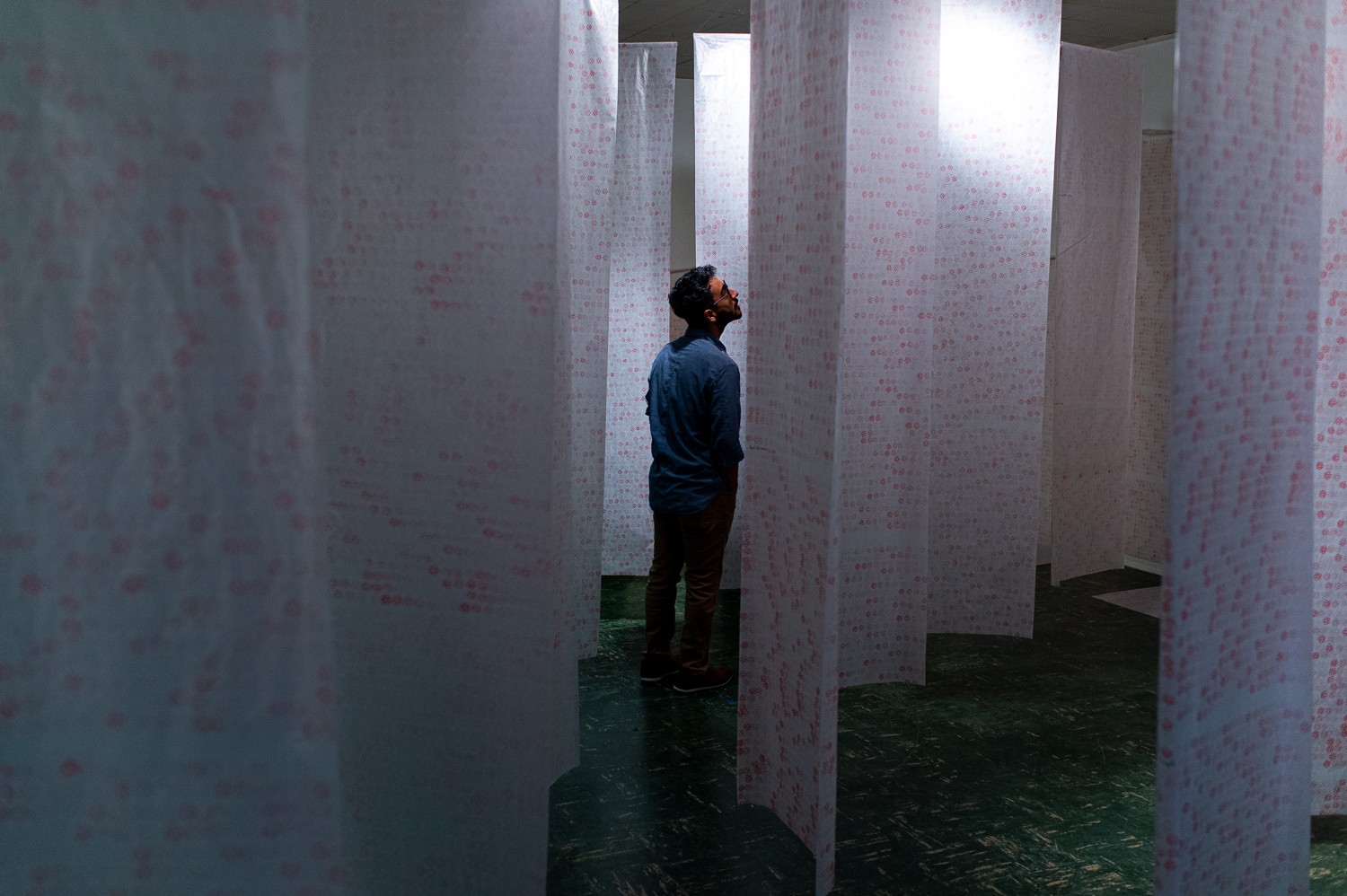
Image Credits
Photo Credit: Almond Butterscotch Photography


